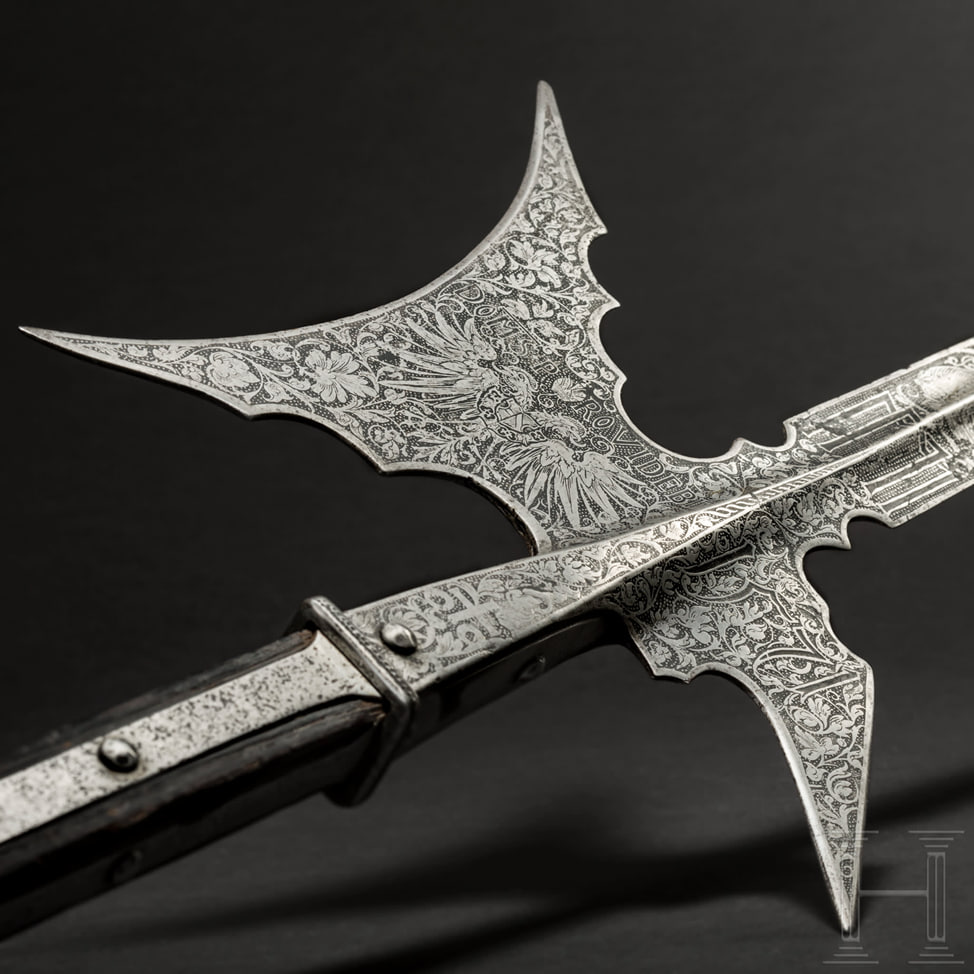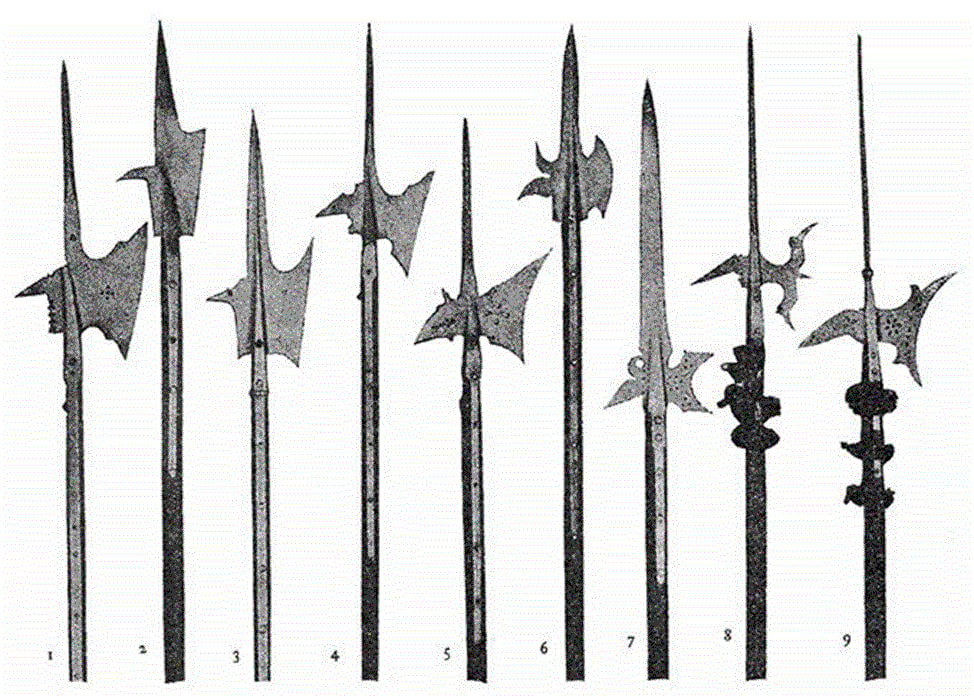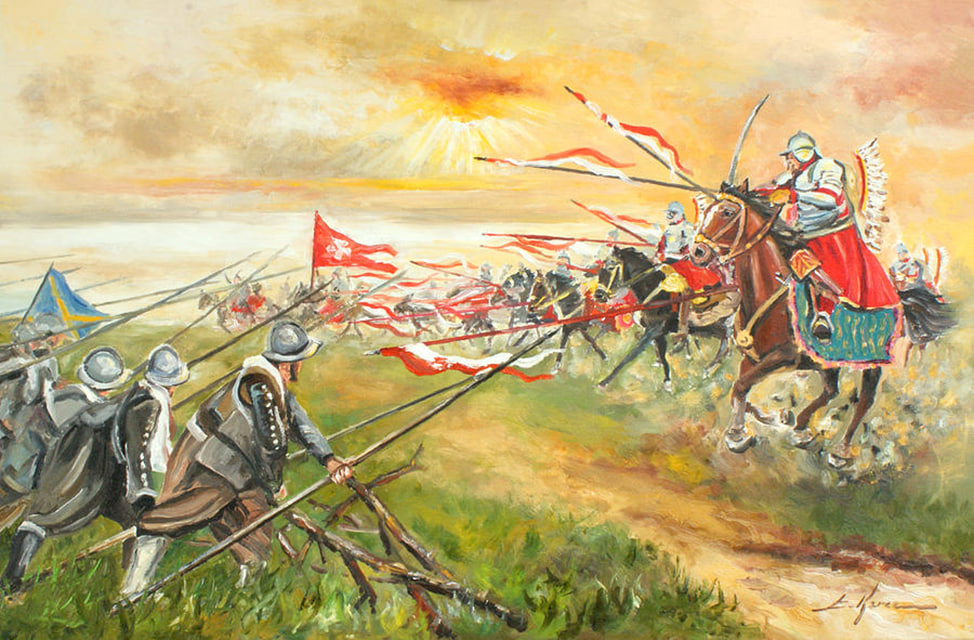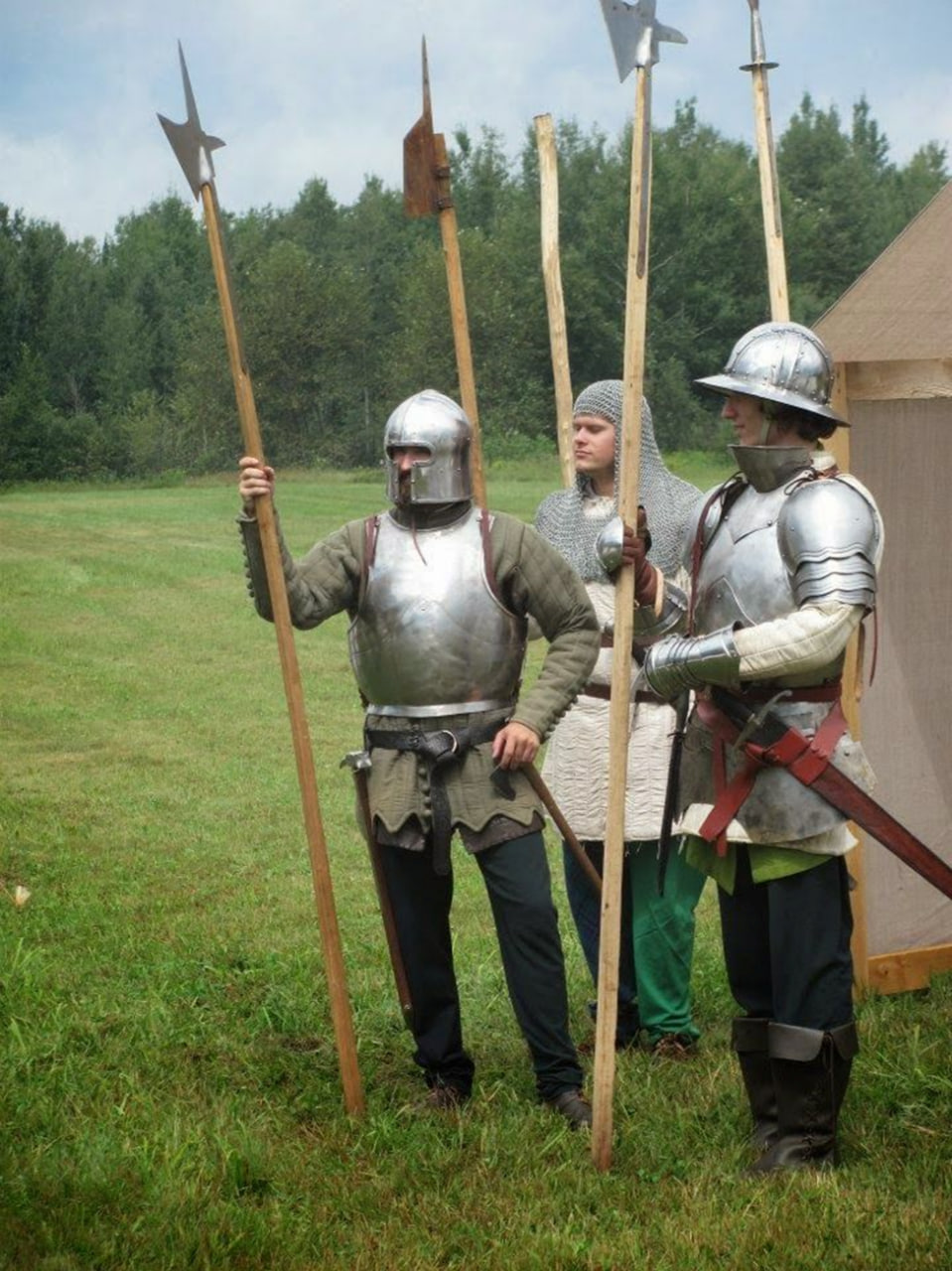
No products in the cart.
Ever since the time when prehistoric people learned to make tools, polearm have become hunting tools. It will count at least 100 thousand years. With the advent of organized societies, and then states in the period of the 4th-3rd millennium BC, there was a need to arm troops, since conflicts arose based on claims of the ruling circles to each other. Polearm have become the most common, thanks to cheaper production in comparison with the same blades and the ability to maintain distance while approaching the enemy formation. In general, until the beginning of the 18th century, polearm occupied a large place in the arsenal of the armies of various states.
Naturally, in the historical period, polearm received a variety of changes. There were glaives, javelins, pikes. All kinds of modifications of polearm appeared due to the need for more effective use on the battlefield at different stages of development. The halberd was no exception and was created to fight cavalry. It began to appear in the hands of foot soldiers of the 13th century, when the feudal cavalry ruled on the medieval battlefield.
The history
of the Halberd and its appearance:
In the conditions of the constant use of knight cavalry, the infantry had
to have its own argument against them. The halberd, along with the pike, became
such an argument of infantry against cavalry.
The first copies of the 13th century of this weapon were similar to an axe with bec de corbin, which was planted on a longer shaft. But gradually the halberd begins to change shape so that it is possible to pierce plate armor. In order for the inertia of the blow to fall at one point, the axe took the shape of a crescent, there were also instances with a narrow and wide blade. The bec de corbin has also become more pronounced. And at the top there was a spear with a different width depending on the instance, so that you could effectively stab the enemy. That is, in fact, at the later stages of application, it was a mixture of an axe and a spear. When forging such weapons, the use of forge welding was required and iron or steel with a low slag content (less than 2%) was used as raw materials, which ensured a long service life. The production was mainly carried out by urban gunsmiths.

The weight of the halberd averaged 2 - 2.5 kg. The total length with the shaft was 150 - 220 cm. The length allowed to keep the distance and deliver powerful slashing blows. With the appearance of the spike, the halberd turned from a chopping into cut and thrust weapon.
Use in combat:
The halberd had a number of undeniable advantages in battle. With the help
of it, it was possible to catch on to the joint of the knight's armor and pull
the rider off the horse. After that, strike the armor with an axe. If the
halberd had a bec de corbin, the warrior could pierce it and inflict a wound on
the feudal lord. The blows could knock out the rivets that connect the helmet
plates. After several repeated blows, the helmet fell apart and the rider who
had already received head injuries could be killed. It was a Swiss mercenary
who killed Duke Charles the Bold of Burgundy with a halberd in 1477. The blow
fell above the ear level, pierced the helmet and was probably fatal for the
duke.
In tactics against cavalry , halberdiers were used as follows:
The first few rows consisted of warriors with pikes. And if the cavalry
broke through these ranks, then there were halberdiers who acted where the
pikes were useless. They could pull off a rider stuck in the infantry formation
and calmly start destroying armor.

Halberdiers could also attack horsemen from the flanks when they could not
maneuver due to difficult terrain. The Swiss cantons defeated the Austrians
using halberdiers during the Battle of Morgarten in 1315, where the Austrians
had more cavalry than the Swiss infantry. However, they successfully lured the
enemy onto a narrow forest path, preventing the riders from maneuvering. The
Swiss, crashing into a narrow column of cavalry from the flanks, did not give a
chance to maneuver. As a result, the cavalry, stuck on a narrow path, was
defeated.
Gradually, the halberd begins to be used everywhere in the ranks of the
European heavy infantry. Obviously, most countries appreciated the
effectiveness of this polearm in battles and began to use it en masse.
In particular, they could be used in combat with infantry. Because due to
the many areas of application, it was possible to confidently act at a distance
against a foot soldier. With a halberd, it was possible to stab, cut the legs
of the enemy and cut his polearms. And in reality, the sword used by the cinema
would have little chance against such a polearm.
Of course, halberds and pikes were not an absolute remedy for cavalry. For example, during the Battle of Kirchholm in 1605, the outnumbered Swedish pikemen and halberdiers were defeated by Polish winged hussars in less than an hour, due to the fact that they managed to lure the enemy into the open from their original positions on the hill. But the effectiveness of infantry against horsemen has increased significantly.

Loss of popularity:
Halberds served on the
battlefield until the beginning of the 18th century. However, when cavalry and
infantry stopped using full plate armor and chain mail, switching to cuirasses
and brigandines, the need for a halberd began to disappear. Bayonets on muskets
were perfectly used against cavalry, and the transition to firearms was
actually carried out during the period of centralized states. But at the same
time , British sergeants were supplied with halberds until 1793. In the future,
they were no longer used in military units, with the exception of honorary
units like the Swiss Guard of the Vatican.
